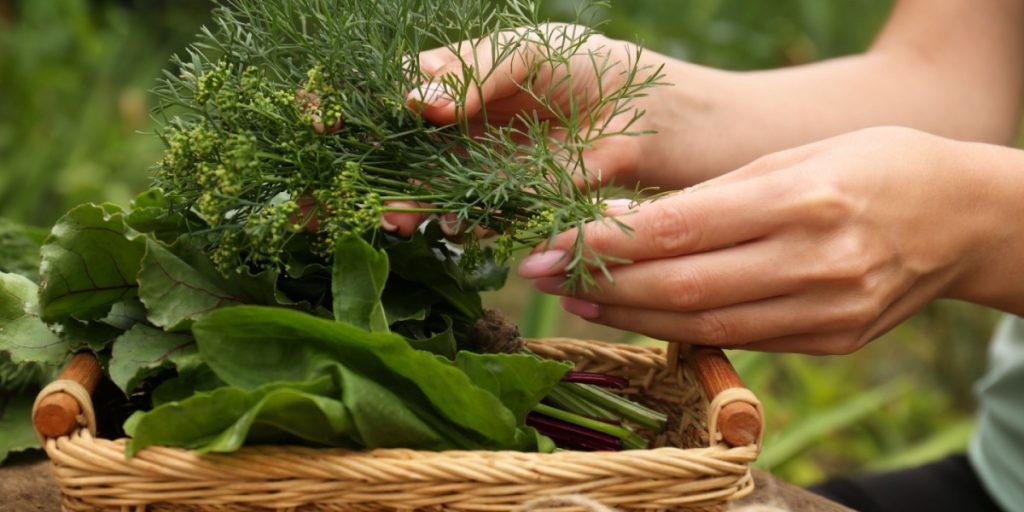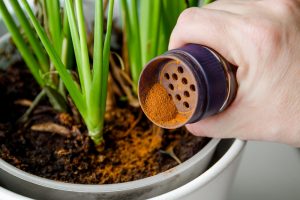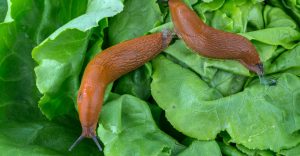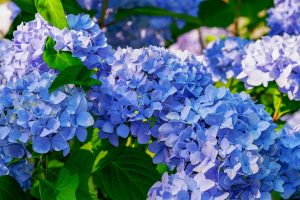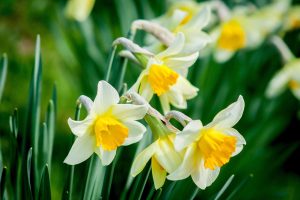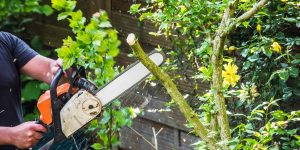Discover the secret to a thriving herb garden by understanding the unique needs of your plants. Learn why keeping basil and sage separate can lead to a more bountiful harvest.
Others are reading now
Embarking on the journey of growing your own herb garden is a delightful venture that promises fresh flavors right at your fingertips. Whether it’s sprucing up your kitchen with greenery on a sunny windowsill or dedicating a corner of your garden to these culinary treasures, herbs offer a world of flavors and aromas to explore.
Yet, as beginner gardeners quickly learn, not all herbs play well together in the same soil. Among the list of gardening nuances, the pairing of basil and sage stands out as a classic example of a mismatched duo due to their distinct needs.
Understanding Their Unique Preferences
At first glance, planting various herbs in a single container seems like a space-efficient and aesthetically pleasing option. However, basil and sage, two popular choices among home gardeners, demand different conditions to truly flourish.
Basil, with its affinity for warmth and moisture, thrives under the sun’s generous rays and requires consistently moist soil to produce its lush, flavorful leaves. This herb embodies the essence of summer gardening, requiring warmth and water to grow vigorously.
Also read
Sage takes a more laid-back approach to its growing conditions. This herb, known for its flavor and aromatic leaves, favors a less is more watering philosophy, preferring the soil to dry out between waterings. Sage’s preference for moderate temperatures and drier conditions makes it a stark contrast to basil’s tropical inclinations.
Caring for Basil
Basil’s versatility and ease of growth make it a favorite among herb gardeners. To get the most out of your basil plants:
-
Ensure they’re planted in well-draining soil and positioned in a spot that receives plenty of sunlight.
-
Keep the soil consistently moist, but be wary of waterlogging by using containers with good drainage.
-
Regular pruning encourages bushier growth, so don’t shy away from harvesting those aromatic leaves.
-
Pair basil with similar moisture-loving herbs like parsley and chives for a harmonious container garden that’s as beautiful as it is useful.
Sage Care Simplified
Sage, with its earthy, slightly peppery taste, is as much a delight in the garden as it is in the kitchen. For healthy sage plants:
-
Opt for well-draining soil, possibly enhanced with sand or perlite to prevent water retention.
-
Allow the soil to dry out between waterings, catering to sage’s preference for less frequent hydration.
-
A sunny spot is ideal, as sage thrives in bright light.
-
Companion planting with herbs like rosemary, thyme, and oregano, which share similar care needs, can create a visually appealing and practical herb garden.
Understanding the individual needs of your herbs is key to a thriving garden. By giving basil and sage the separate care they require, you can enjoy a bountiful, aromatic harvest that will enhance your culinary creations for seasons to come.

